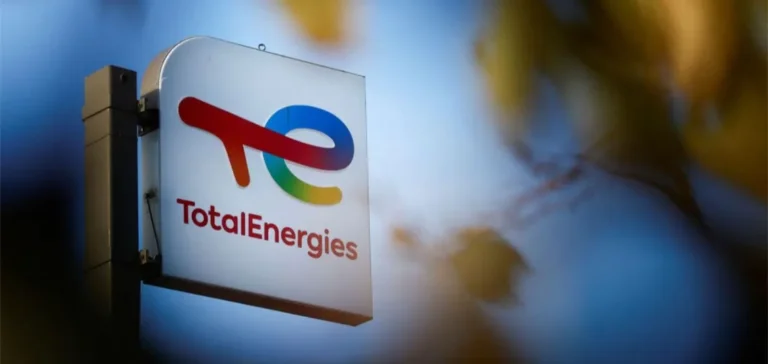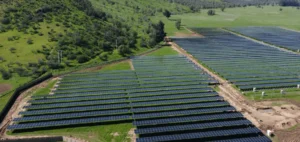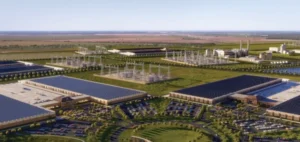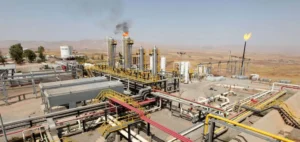TotalEnergies is scaling back its spending while targeting steady energy production growth through 2030. The French group expects a combined annual output increase of around 4% in oil, gas, and electricity. The strategy was unveiled during an investor day, amid volatile energy prices.
Targeted investment reductions
The company aims to cut $7.5bn from its net investments and operational costs between 2026 and 2030. This includes a $1bn annual downward revision in investment projections, bringing spending to around $16bn in 2026 and between $15bn and $17bn annually through 2030. TotalEnergies confirmed these savings will not affect employment.
The firm intends to focus its capital on high-margin exploration and production projects. Investments in low-carbon energy will be limited to approximately $4bn per year. Of that amount, the “Integrated Power” segment—covering the full electricity value chain—will receive between $3bn and $4bn.
Significant electricity output growth
Simultaneously, TotalEnergies expects to boost its electricity production by 20% annually until 2030, reaching between 100 and 120 terawatt-hours (TWh). Of this output, 70% will come from renewable sources, while the remaining 30% will be supplied by gas-fired plants, used to balance the intermittent nature of solar and wind generation.
The current strategy also includes an annual 3% production growth in oil and gas between 2024 and 2030. According to the group, 95% of this output is already secured, either in operation or under development. This approach is designed to maintain growth despite a $10 per barrel drop in oil prices compared to the previous year.
Increased returns for shareholders
TotalEnergies forecasts a return of over 40% of its cash flow to shareholders, regardless of energy price fluctuations. In Q4 2025 alone, the group plans to repurchase $1.5bn in shares, bringing the total for the year to $7.5bn. For 2026, share buybacks are expected to range between $750mn and $1.5bn per quarter.
Chief Executive Officer Patrick Pouyanné stated that the company can sustain growth with fewer resources, while noting current macroeconomic uncertainties.






















